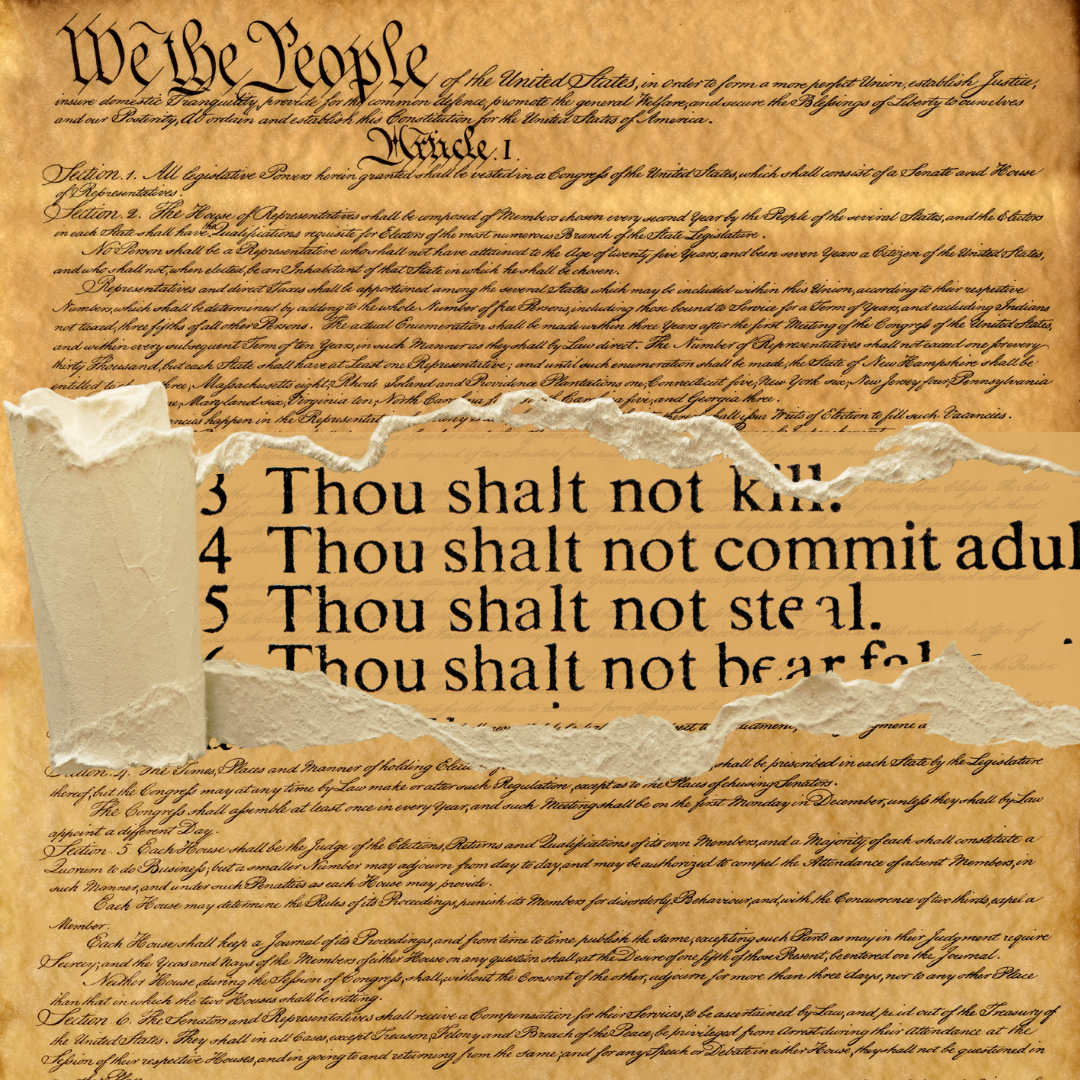The switch to public transit requires action
When you go into Philadelphia, New York City or any city for that matter, you can expect that its streets will be full of cars. Now, 14th Street in New York City, one of Manhattan’s busiest streets, is empty.
Billions of trips are made every year in America via public transportation. However, major cities still have flaws in their public transportation systems, one of them being delays caused by traffic. It is for this reason that New York City took the initiative this past fall to ban cars from 14th Street, a street that typically sees 21,000 vehicles a day.
New York City isn’t the only city that has taken steps to remove cars from its streets. Cities around the world, like Paris, Copenhagen and Madrid among others, have taken the initiative to regulate and limit private vehicles or have plans set in place to do so, primarily by banning cars from central areas.
Making efforts to persuade commuters to use public transportation is important in an age when cars have costly impacts on the environment and for those who already use public transportation. Cars are an environmental detriment, as they, along with trucks, account for about one-fifth of all U.S. emissions. In cities, they cause buildup of traffic and are a danger to pedestrians and bicyclists. We should be encouraging everyone to use public transportation; cars are simply just bad.
In big cities with public transportation systems, especially larger ones like New York City’s Metropolitan Transport Association or Philadelphia’s SEPTA, there should not be a need for people to have private vehicles used for commuting within their respective cities. But the lack of effort and funding put into the facilitation of these systems leaves people frustrated and turning away from using them.
Over the years, cities have expanded in ways that prioritize the infrastructure surrounding cars rather than public transportation.
We are now seeing the deficits, like having to instill regulations similar to that of 14th Street in the first place. I use New York’s MTA as an example because it moves by far the most passengers annually in cities in the U.S.
Although the MTA has had a fair struggle with providing the best quality transportation services over the years, this is largely to blame on the lack of focus on improving the system. But now that substantive efforts are being put into the system, these are questionable in terms of their effectiveness and rationality.
For example, fare evasion has long been an issue, with people hopping the turnstiles or going through emergency doors to avoid paying the fare. If you were to stand on a subway platform or ride on the subway, you’d see signs advocating for riders to pay the $2.75 fare, rather than the $100 violation ticket. In addition to these measures, the MTA deployed an additional 500 transit and NYPD police to crack down on fare evasion, which would cost $249 million over the next four years.[mks_pullquote align=”right” width=”300″ size=”24″ bg_color=”#cecece” txt_color=”#000000″]Making efforts to persuade commuters to use public transportation is important in an age when cars have costly impacts on the environment and for those who already use public transportation.[/mks_pullquote]
All public transportation systems are susceptible to fare evasion. However, when they are inefficient in terms of providing riders with the best conditions of accessibility and efficiency, spending enormous amounts of money to criminalize fare evasion rather than putting that money towards improving the system itself seems counterproductive. It serves as another means of targeting marginalized people, as people of color are disproportionately fined or arrested for fare evasion.
People that commute within cities should be encouraged to use public transportation, and taking steps as New York has by prohibiting private vehicles on one of its busiest streets is productive.
However, the same rationale must be held when being applied to the alternative of public transportation; there should be a focus on improving the system rather than punishing fare evaders who likely partake in evasion due to the rise in the cost of the fare in the first place.













































